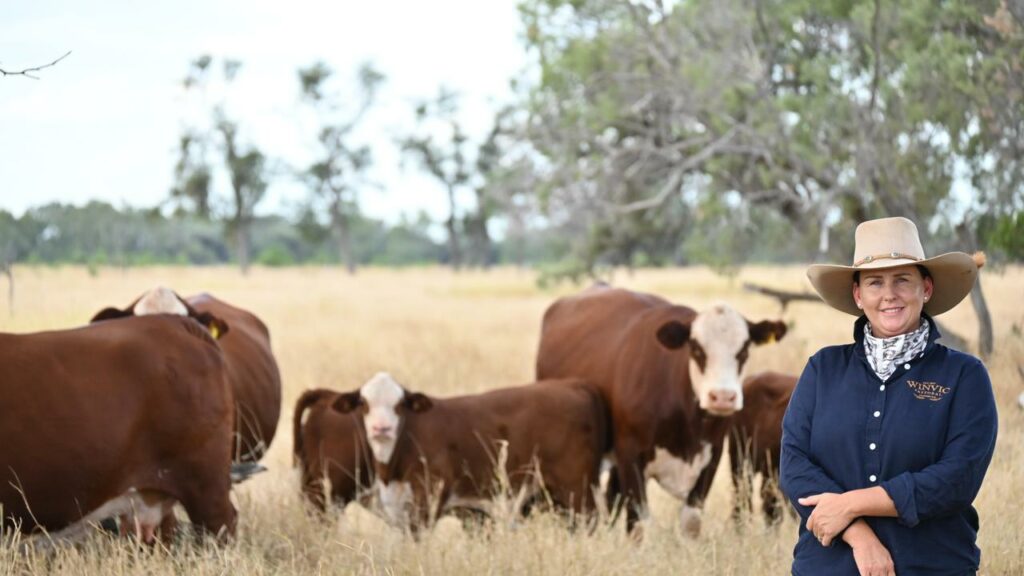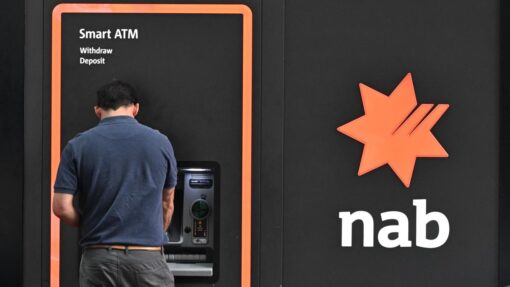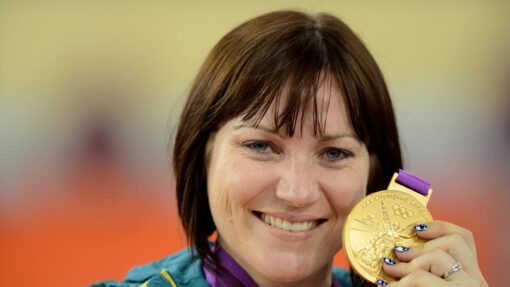Smart technology helps cattle industry
Liv Casben |

In northern Australia, where beef is big business, herds roam the sprawling landscape, some going unseen for months at a time.
“A lot of these cows are only handled twice a year,” says Tim Schatz, a livestock research officer for the Northern Territory’s Department of Industry.
Now new technology is helping get a better picture on how these herds live in the harsh Australian elements and an understanding of why some die.
Calf mortality is a significant issue.
Researchers say the scale of the problem varies wildly, with some studies showing calf loss for first-time mothers as high as 30 per cent.
Mr Schatz says some estimates suggest it’s costing the northern beef industry $400 million a year.
“Calf loss is made up of lots of different things,” he says.
“There’s disease, there’s predation from dogs and pigs, there’s dystocia which is the calf getting stuck, there are things like heifers walking away from calves.”
Mr Schatz and his team have been using satellite tracking tags to better understand why some calves don’t survive.
The Calf Watch project funded by Meat and Livestock Australia and the NT government has been remotely monitoring herds by inserting birth sensors into cows and tracking them with GPS collars.
“The technology is being used to try and find out where and why the calves are dying so we can do something about that,” Mr Schatz says.
The ongoing research will try to determine whether reducing paddock sizes might help, as some cows are five kilometres or more from water when they leave their newborns to get a drink.
“We were getting alerts and seeing cows at calving, which allowed us to get information on calf losses that wouldn’t be possible without this technology,” Mr Schatz tells AAP.
Researchers at Central Queensland University say they’re also a step closer to understanding calf mortality, as well as predicting and detecting calving events in large grazing herds.
Dr Thomas Williams has been leading this work for two years.
Also utilising GPS and tags, he and his team set out to understand what many farmers already knew, that a cow’s behaviour changes around calving.
“When cows are due to calve, in that week prior … they start to isolate from the remainder of the herd,” Dr Williams says.
His study, which is part of the Calf 48 hour project, is helping predict when cows are calving and what’s occurring in the paddock at these times.
He says that could be of help everywhere, not just in the remote north.
“With our current study we’ve been able to monitor these animals within a paddock, within a commercial setting using GPS collars which are commercially available, and track them with a 10-minute frequency.”
One of those properties belongs to northern Australia beef producer Alice Marks and her family.
At just over 10,000 hectares near Clermont west of Rockhampton, her land is considered small by Queensland standards and so she’s able to monitor her stock more easily.
But calf mortality is still an issue.
“It’s something we don’t know enough about. We know it’s happening, we just don’t know why,” the beef farmer tells AAP.
“It goes un-monitored in most commercial herds because you’re not looking and checking every day.”
This year the Marks could lose between 50 and 100 cows and their calves due to calf mortality, misadventure and disease.
“It was only once I started to try and measure birth weights for our own bulls that I started getting a bit of a picture about numbers,” Mrs Marks says.
They’ve ordered 640 smart tags to begin monitoring stock in paddocks 400km away.
If the technology works they’ll roll it out across their herd and expect to save around $50,000 in lost cattle a year.
Mrs Marks says the tags would allow for early intervention when an alert is issued and help with more than just calf mortality.
“You know if your cattle are hammering a certain spot and you can adjust your grazing management. Once everything integrates, I think it’s going to be amazing,” she tells AAP.
But she believes take-up across the industry will depend on keeping costs down.
Industry group Meat and Livestock Australia has funded a series of projects investigating calf loss over the past seven years.
“The biggest issue with calf loss in Northern Australia is it’s very hard to measure,” says program manager Nigel Tomkins.
“You don’t see cows calving on a regular basis; there’s year round, uncontrolled mating.”
However with tagging technology now more affordable than ever and more sophisticated, it could help revolutionise the industry, he says.
“We’re trying to get as much data out of those tags as we can. It’s not just the cow and the calf, it’s the paddock, it’s the location of water … it’s the size of that breeding herd and it’s trying to pull together all of those variables.
“There are computer chips in just about every car … I’m not suggesting every cow is going to be like a Tesla but there are platforms out there that have got the smarts to capture alot of information.”
AAP


